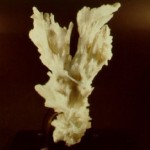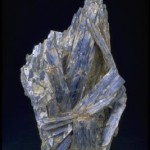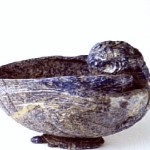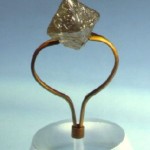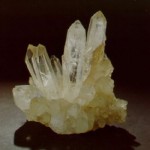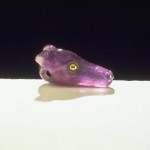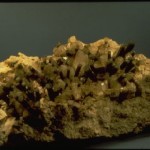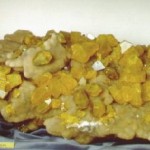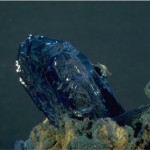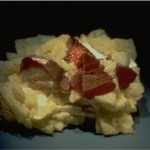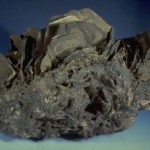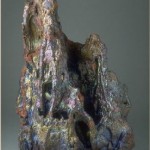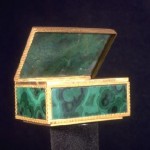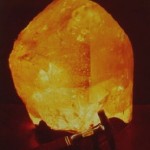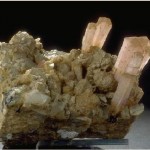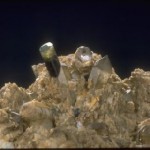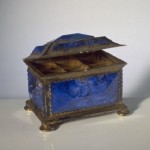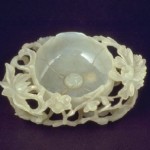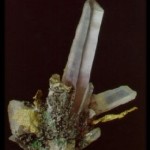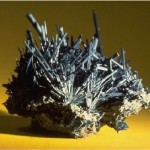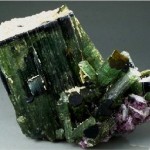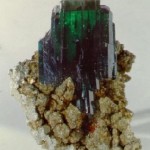The first group of the Florentine mineralogical collections dates back to the Medici collections, that were kept in the “Galleria” (the Uffizi); these specimens, as well as all the natural history finds, were reunited in the palace of Via Romana owing to the foundation of the Museum of Physics and Natural History by Peter Leopold in 1775.
In about a century (1880), the success of the single disciplines and an increase in the collections provoked a division of the museum into “private collections and museums”of various disciplines which later gave rise to the various university institutes. It took another century (1984) for the Museum of Natural History to be formally, even if not physically, reunified, bringing the natural history collections back to their original concept.
So today there exists a Museum of Natural History at the University, organized into six sections: Anthropology and Ethnology in via del Proconsolo; Botany, Geology and Paleontology, Mineralogy and Lithology in via La Pira, the Botanical Garden in via Micheli and Zoology, which has remained in its original seat, La Specola, in via Romana.
The mineralogical collections currently amount to about 50,000 specimens, but already at the end of the 1700’s there were more than 12,000 pieces. A notable source of information on the eighteenth century collections are the catalogs of the time (8 volumes), chronologically followed by a series of appendices and new editions of the catalogs that permit to study the evolution of the collections over the centuries.
Essentially, the specimens are gathered into three collections: “general”, “Italian regional” and “dressed stones of the Medici”, but only a very small part of them can be seen because of a lack of space: just think that the area for the exposition space is less than 200 square meters and there are less than 2,000 pieces on display!
The Targioni Tozzetti collection is part of the historical core. This was the personal collection of Giovanni Targioni Tozzetti (1712-1783), an illustrious Florentine naturalist who compiled the first catalog of “ the natural productions” lying in the Uffizi which gave rise to the Museum. The collection currently consisting of about 5,000 samples, was originally made up of almost 10,000 specimens and supplied with a 12-volume handwritten catalog.


